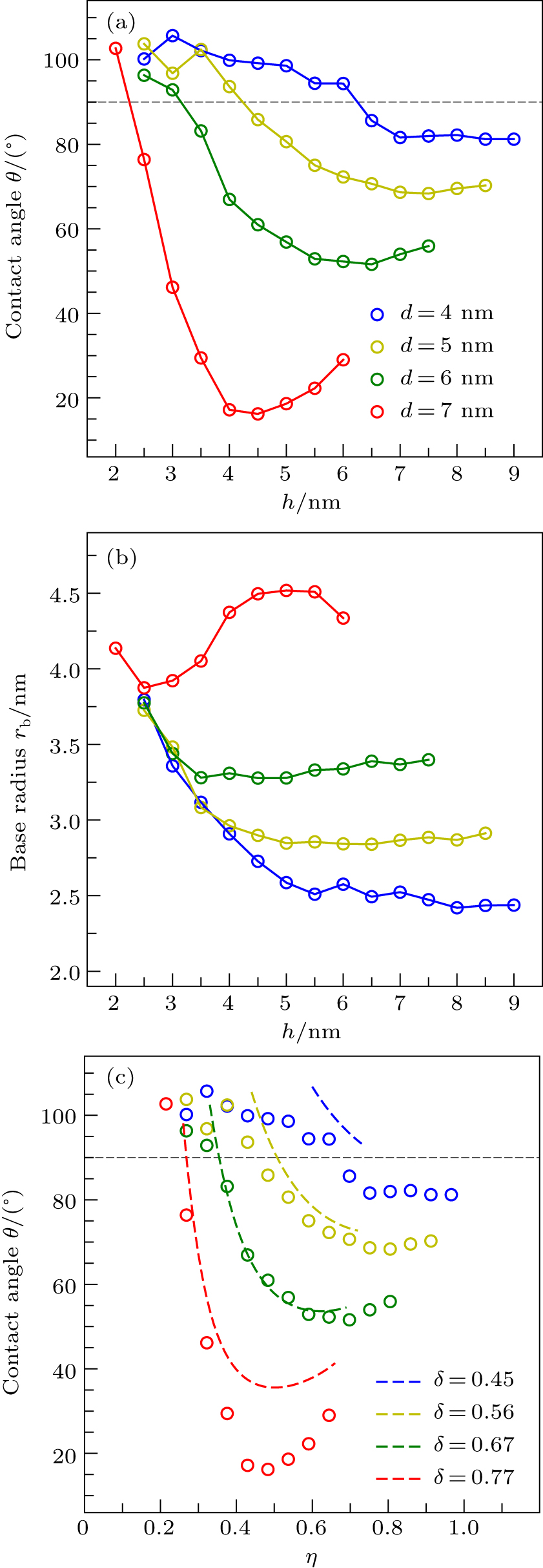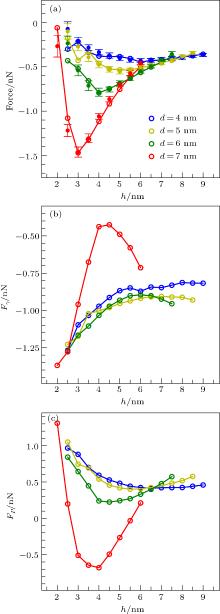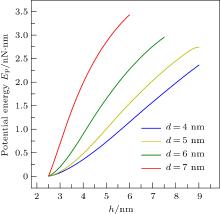中国物理B ›› 2020, Vol. 29 ›› Issue (11): 114703-.doi: 10.1088/1674-1056/abb664
所属专题: SPECIAL TOPIC — Water at molecular level
Bin-Ze Tang(唐宾泽)1, Xue-Jia Yu(余雪佳)1, Sergey V. Buldyrev2,‡, Nicolas Giovambattista3,4,§, Li-Mei Xu(徐莉梅)1,5,¶
Energy stored in nanoscale water capillary bridges formed between chemically heterogeneous surfaces with circular patches
Bin-Ze Tang(唐宾泽)1, †, Xue-Jia Yu(余雪佳)1, †, Sergey V. Buldyrev2,, ‡, Nicolas Giovambattista3,4,§, and Li-Mei Xu(徐莉梅)1,5,¶
- 1 International Center for Quantum Materials, School of Physics, Peking University, Beijing 100871, China
2 Department of Physics, Yeshiva University, 500 West 185th Street, New York, NY 10033, United States
3 Department of Physics, Brooklyn College of the City University of New York, Brooklyn, New York 11210, United States
4 Ph.D. Programs in Chemistry and Physics, The Graduate Center of the City University of New York, New York, NY 10016, United States
5 Collaborative Innovation Center of Quantum Matter, Beijing 100871, China









